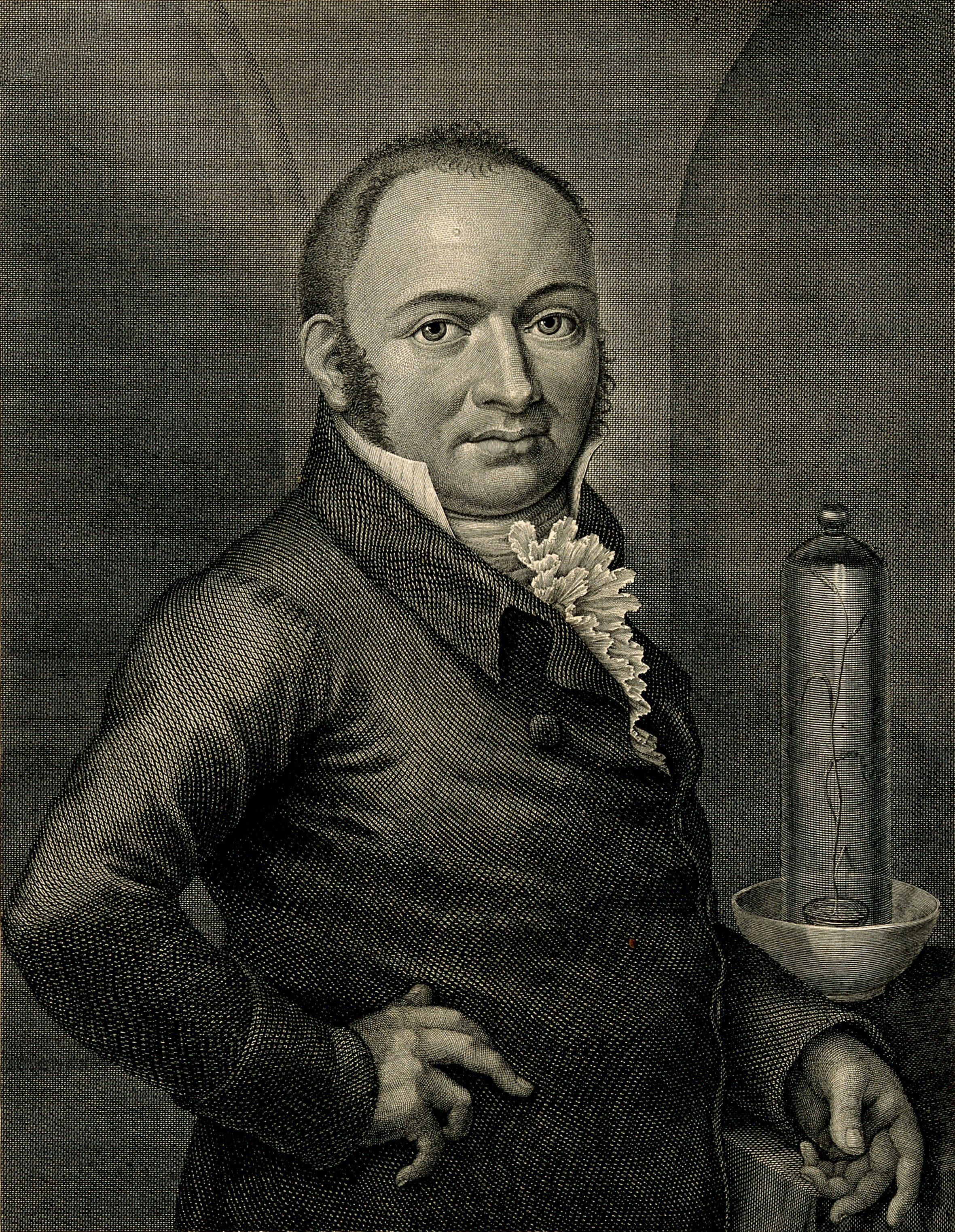By Guest Contributor Alison McManus

Prof. Jutta Schickore
Princeton’s History of Science Colloquium series recently welcomed Jutta Schickore, professor of History and Philosophy of Science at Indiana University, to present a talk titled, “Contributions to a History of Experimental Controls.” In addition to her position at Indiana University, Schickore is a member of Princeton’s Institute for Advanced Study for the 2017–18 academic year. As I listened to her talk earlier this month, I found myself fully immersed in uncharted territory. Experimental controls are themselves an under-studied problem, but Schickore’s attention to the practice of experimental controls rendered her project a truly novel intervention. Though her project remains in its early stages of development, it no doubt pinpoints the need to historicize the “controlled experiment,” and it lays further claim to the established strategy of examining experimenters’ practical concerns prior to grand scientific theories.

John Stuart Mill
Schickore’s scholarship is better defined by theme than by scientific discipline. Her previous monographs examine the long history of the microscope (2007) and a yet longer history of snake venom research from the seventeenth to the twentieth century (2017). Both monographs emphasize debates about scientific method, and the latter is particularly attentive to nonlinear, contingent methodological developments, which stem from the intricacies of experimental work rather than unified theory. Schickore’s current project extends this approach to new territory. Despite their manifest importance to scientific work, experimental controls have rarely been a topic of inquiry for historians and philosophers of science. The unique exception is Edward Boring’s 1954 paper in the American Journal of Psychology, in which he distinguished between colloquial and scientifically rigorous uses of the term “control.” In a further move, he identified John Stuart Mill’s “method of difference” as the first notion of a controlled experiment, a concept that Mill outlined in A System of Logic (1843). Boring’s identification of a theoretical rather than experimental origin of “control” reflects the state of the field prior to the “material turn” of the 1990s, and the time has come to integrate the controlled experiment into studies of scientific practice.
Even with a precise definition of the term, any effort to identify the first controlled experiment will likely end in failure. Probing the origins of the term’s modern popularity is a far more productive exercise. A preliminary Google search indicates that the term rose to prominence in late nineteenth-century scientific scholarship, and the same is true of its German counterpart (Kontrollversuch/Controllversuch). In order to identify the roots of its popularity, Schickore selects case studies from ostensibly marginal German agricultural field trials nearly one century before the “controlled experiment” took a prominent position in the scientific literature.

Wilhelm August Lampadius
The German pharmacists Sigismund Friedrich Hermbstädt and Wilhelm August Lampadius both sought to apply their chemical expertise toward agricultural production in the early nineteenth century. Both men had engaged with Lavoisier’s chemistry in their work, albeit to differing degrees. Whereas Lampadius was a staunch advocate of Lavoisier’s theory, Hermbstädt remained closer to the German chemical tradition, despite having published translations of Lavoisier’s work. Hermbstädt and Lampadius conducted near-contemporaneous field trials on fertilizer, both seeking to minimize product loss and thereby improve Germany’s economic position. However, theirs and others’ experiments reveal an inconsistent, multivalent use of the term “control.” Schickore notes that “control” occasionally served its now-familiar function as an unmanipulated unit of comparison, as in the case of Hermbstädt’s comparative category of “infertile land.” Yet Hermbstädt and Lampadius also used the concept in conjunction with other management terms. A third notion of control emerged as improved apparatuses for organic analysis began to circulate in the mid-nineteenth century. In addition to making Lavoisier’s approach less costly for agricultural scientists, these novel instruments enabled scientists to perform repeat analyses and apply different analytic methods to the same problem.

Sigismund Friedrich Hermbstädt. Line engraving by G. A. Lehmann, 1808 (Wellcome Collection).
To add to this already complex terrain of meanings, Schickore notes that even in its most familiar scientific usage, the controlled experiment poses an implicit epistemological problem. When designing an experiment, each researcher must select which features shall remain unmanipulated, according to their own worldview. In the case of Hermbstädt’s experiments, his aforementioned category of “infertile land” meant land devoid of organic matter—a reflection of his vitalist notion of plant nutrition. Schickore’s observations identify a dire need to historicize both the text and the subtext of experimental controls.
The experience of my young career has led me to approach historical questions with a sort of inverse Occam’s razor, which holds that the more nuanced and heterogeneous causal accounts are the better ones. By turning away from theorists’ concerns and engaging instead with experimenters’ array of pragmatic preoccupations, the historian of science vastly expands her sites of methodological and conceptual production. Given Hermbstädt’s and Lampadius’s keen sensitivity to economic exigencies and technological innovation, I imagine that the larger field of nineteenth-century European agricultural science also developed its methods in conjunction with site-specific economic and instrumental circumstances. Schickore’s approach promises to extract a fruitful bounty of experimental practices from this uneven terrain of pragmatic concerns.
Alison McManus is a Ph.D. student in History of Science at Princeton University, where she studies twentieth-century chemical sciences. She is particularly interested in the development and deployment of chemical weapons technologies.



1 Pingback